Đọc báo:
Cấp độ:
Nguồn:
Chủ đề:
Tin tức mới nhất trong ngày, cập nhật liên tục 24h. Từ nguồn báo chính thống như CNN, BBC, VOA, Inside Science,...

 1 phút
1 phút For Chicago small businesses, ‘the pope economy' is good
Since Pope Leo XIV's election in May, Chicago has seen a surge in “pope economy” business as locals celebrate a hometown figure leading the Catholic Church. Entrepreneurs are selling pope-themed products—from beer and T‑shirts to coasters and baby onesies—while civic pride drives strong demand.
At Burning Bush Brewery, Brent Raska's “Da Pope” ale, featuring Leo's image with a Chicago scarf, sold out 1,000 cans in three weeks. Urban Artisan in Geneva created items like T‑shirts showing Leo with Old Style beer and Malort or holding an Italian beef sandwich on baby onesies, boosting sales 20% at festivals.
Beyond merchandise, Pope Leo's childhood home in Dolton was purchased for $375,000 to become a historic site, attracting visitors. Even sports gear is getting a lift: Grandstand near Rate Field began selling No. 14 White Sox jerseys with “Pope Leo 14” on the back, shipping hundreds globally. Fans now wear pope-themed apparel at games, seeing him as a symbol of Chicago pride.
Local leaders and shop owners agree his rise has created fresh energy, new revenue, and a unifying moment for the city.
Nguồn: CNN [ 275] 2025-07-22 07:32:13
275] 2025-07-22 07:32:13
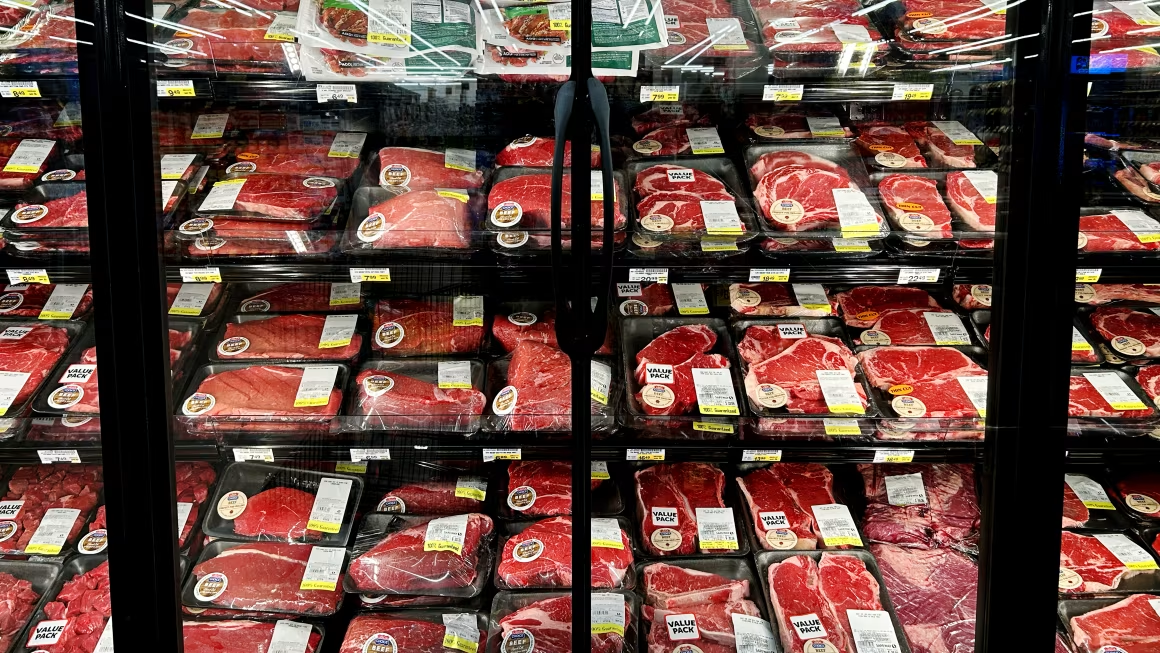 1 phút
1 phút Beef prices are the new egg prices. They're soaring
Beef prices in the U.S. have hit record highs, climbing nearly 9% since January to $9.26 a pound, with steak and ground beef up over 12% and 10% year-over-year. Unlike eggs, which dropped in price after avian flu recovery, beef is harder to stabilize due to complex supply dynamics. Experts cite shrinking herds, ongoing drought, high feed costs, and thin rancher margins as key factors. Cattle numbers are at their lowest in 74 years, leading many ranchers to exit the industry.
Imports now make up about 8% of U.S. beef consumption, while exports have fallen sharply, a shift driven by America's status as the world's highest-priced beef market. Despite high costs, domestic demand remains strong. Companies like Walmart are opening their own beef facilities to cut costs and improve supply chain control.
Future prices may depend on consumer behavior; if economic uncertainty reduces demand, prices could decline. Industry analysts warn ranchers risk losses if cattle prices drop after buying at high levels, suggesting the market may be near its peak.
Nguồn: CNN [ 2079] 2025-07-22 07:32:05
2079] 2025-07-22 07:32:05
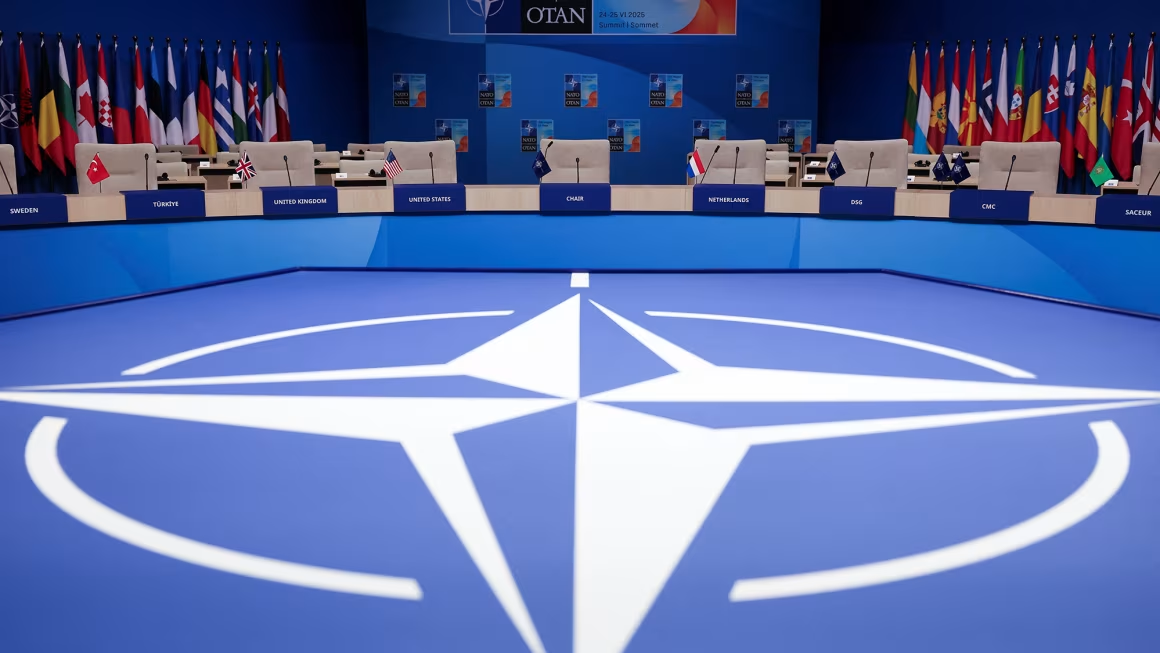 2 phút
2 phút NATO has promised a spending blitz. Can its European members afford it?
NATO's new pledge to raise defense spending to 5% of GDP by 2035 is stirring deep concern across Europe, where many member states already carry heavy debt burdens. Analysts describe the move as unprecedented in peacetime. While it responds to Russia's aggression and uncertainty over U.S. security guarantees, it forces countries to choose between cutting other programs, raising taxes, or borrowing more—options that are politically or fiscally fraught.
Most NATO members struggled for years to reach even the previous 2% target. The new goal allocates 3.5% of GDP to core military needs and 1.5% to supporting infrastructure, requiring tens of billions in additional spending annually. S&P Global warns this could add about $2 trillion in debt to Europe's NATO members by 2035. Aging populations and growing pension and healthcare costs make deep cuts unlikely, and experts say raising taxes lacks political support.
Debt levels are already high: Italy's stands near 135% of GDP, France's 113%, and Belgium's 105%. France's prime minister recently warned interest on its debt could hit €100 billion annually by 2029. The EU is offering a €150 billion defense fund and exempting defense outlays from fiscal rules, but some countries—like Spain—say they simply will not meet the 5% target. Analysts note proximity to Russia, rather than pledges, often dictates how much nations spend.
Nguồn: CNN [ 209] 2025-07-22 07:30:38
209] 2025-07-22 07:30:38
 1 phút
1 phút For Chicago small businesses, ‘the pope economy' is good
Nguồn: CNN2025-07-22 07:32:13
 1 phút
1 phút Beef prices are the new egg prices. They're soaring
Nguồn: CNN2025-07-22 07:32:05
 2 phút
2 phút NATO has promised a spending blitz. Can its European members afford it?
Nguồn: CNN2025-07-22 07:30:38
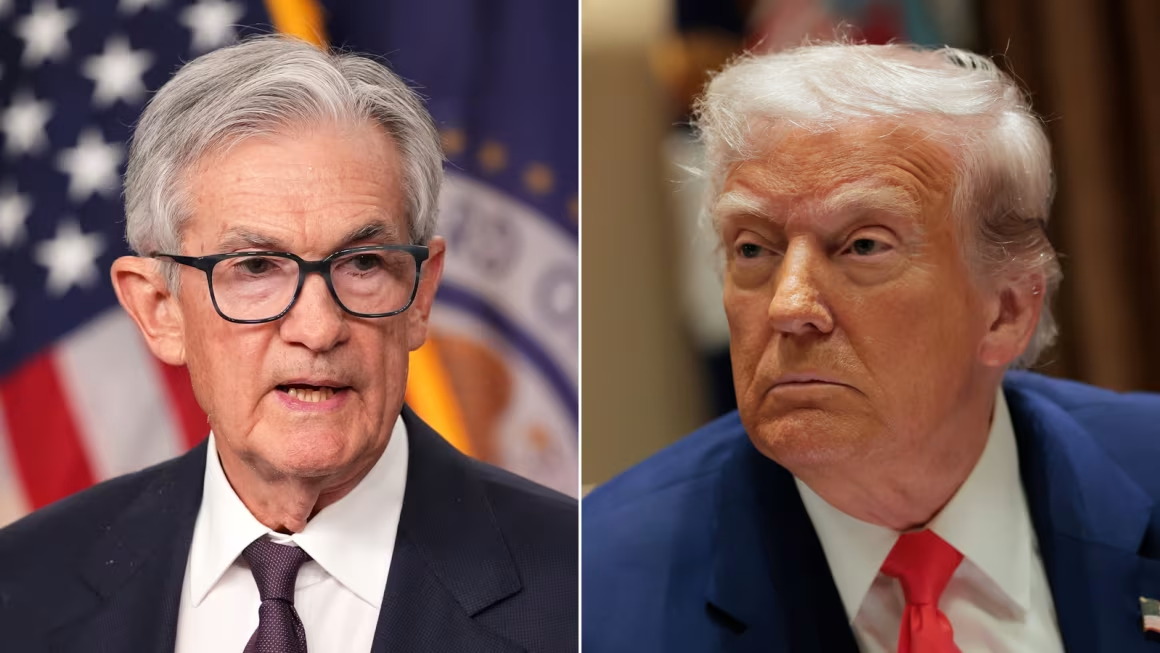 2 phút
2 phút Trump says Powell is costing the US a fortune by not lowering rates. But firing the Fed chair may not fix the issue
Nguồn: CNN2025-07-20 19:31:01
 1 phút
1 phút Chinese graphite is crucial to electric car batteries. Trump just put a 93.5% tariff on it
Nguồn: CNN2025-07-20 19:30:51
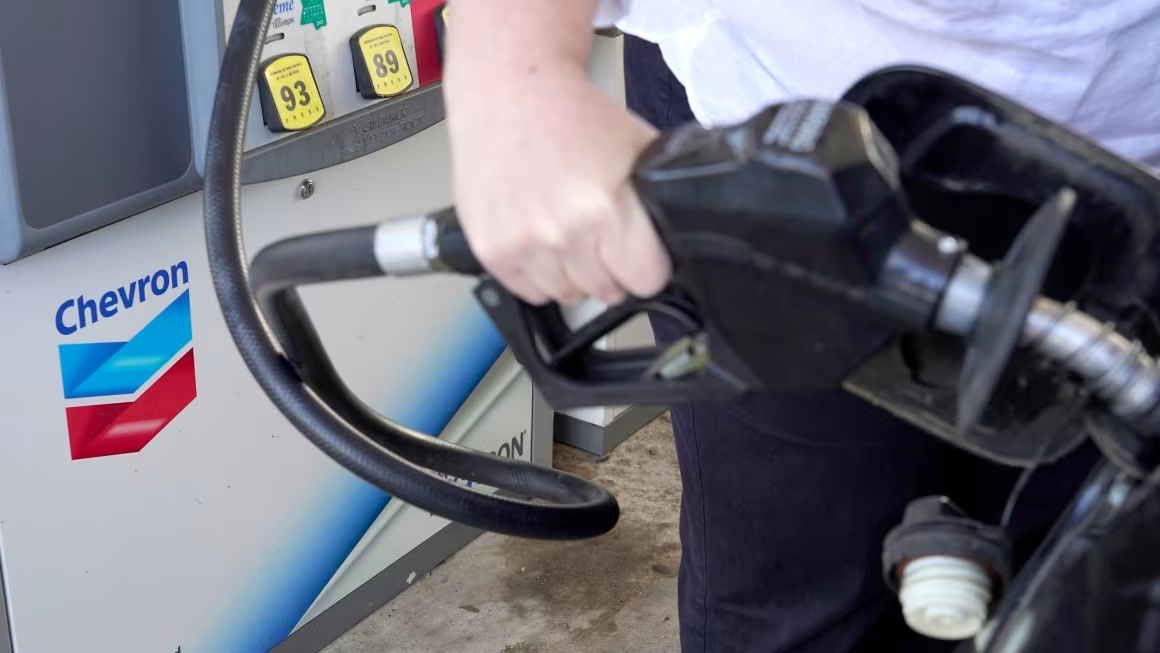 2 phút
2 phút Chevron's megadeal for Hess gets approval after winning legal battle with Exxon
Nguồn: CNN2025-07-19 19:32:10
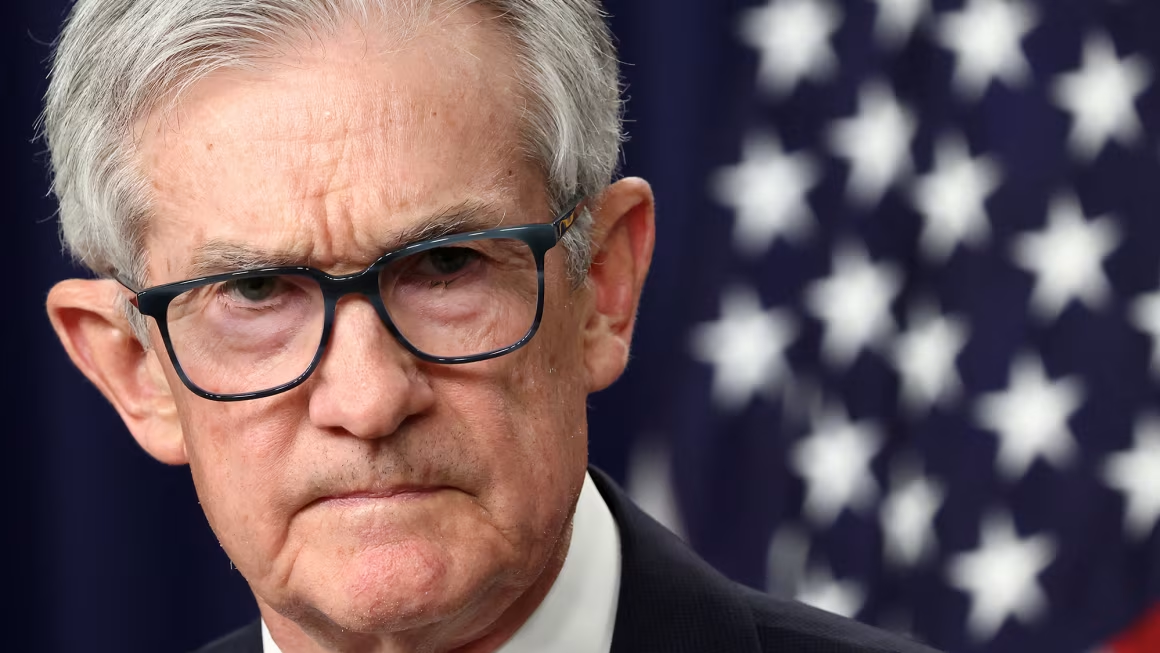 1 phút
1 phút Markets could freak out if Trump tries to fire Powell
Nguồn: CNN2025-07-19 19:32:01
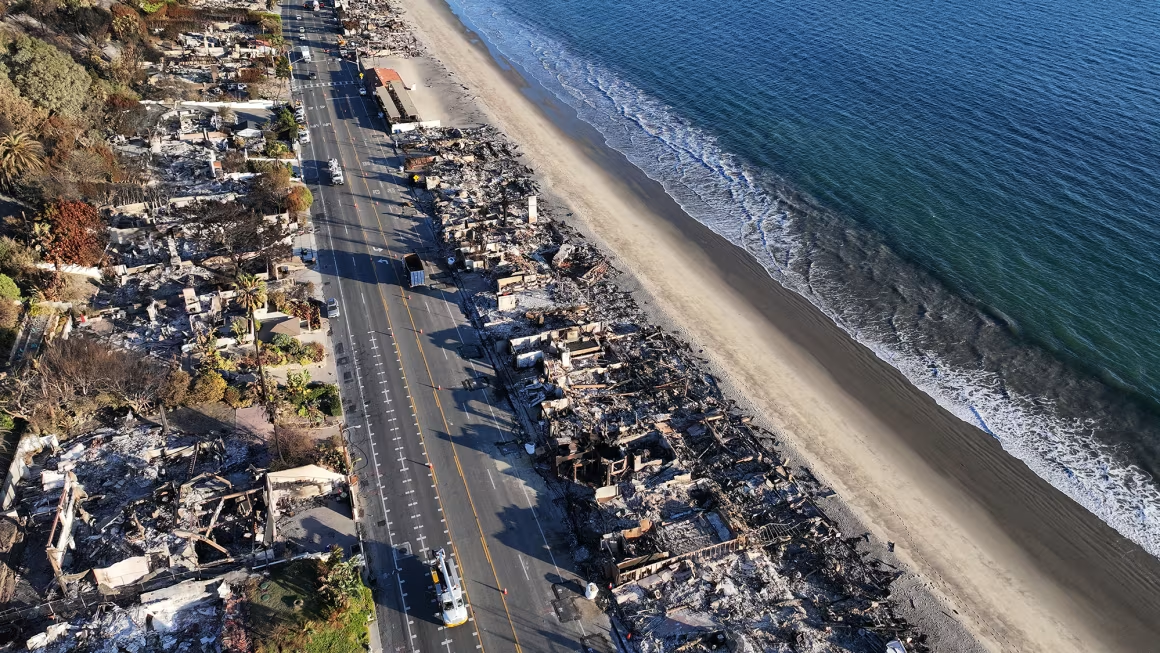 1 phút
1 phút Climate catastrophes are creating a ‘new market reality' for insurance carriers
Nguồn: CNN2025-07-19 19:31:13
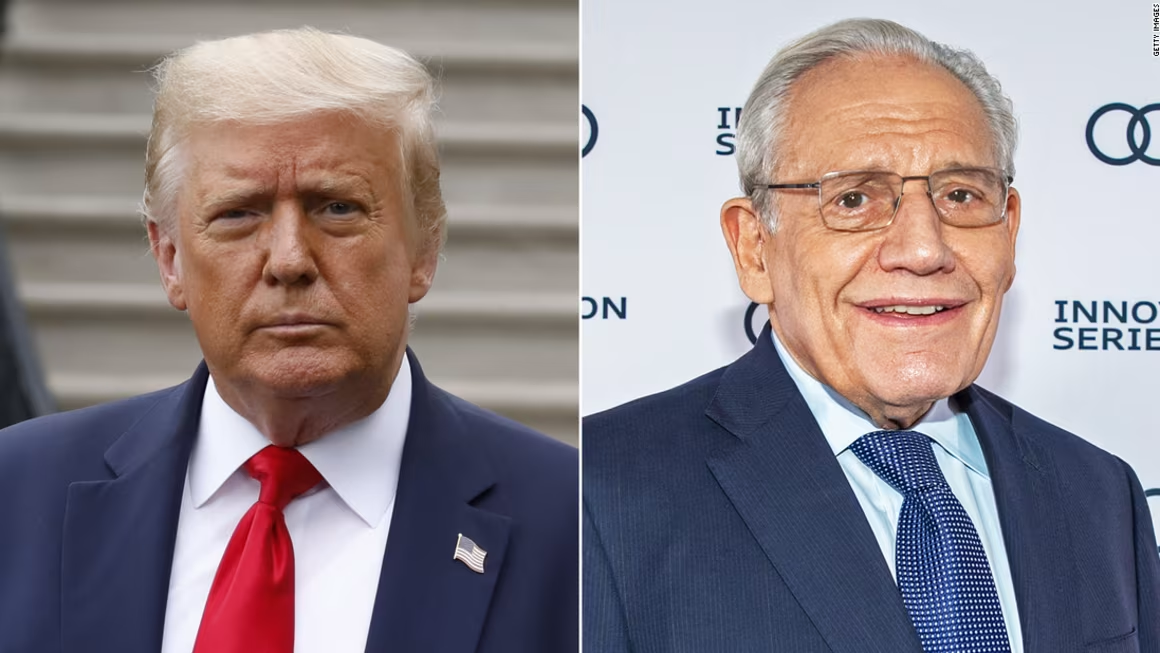 1 phút
1 phút Judge dismisses Trump's copyright lawsuit against Bob Woodward and audiobook publisher
Nguồn: CNN2025-07-19 19:30:55
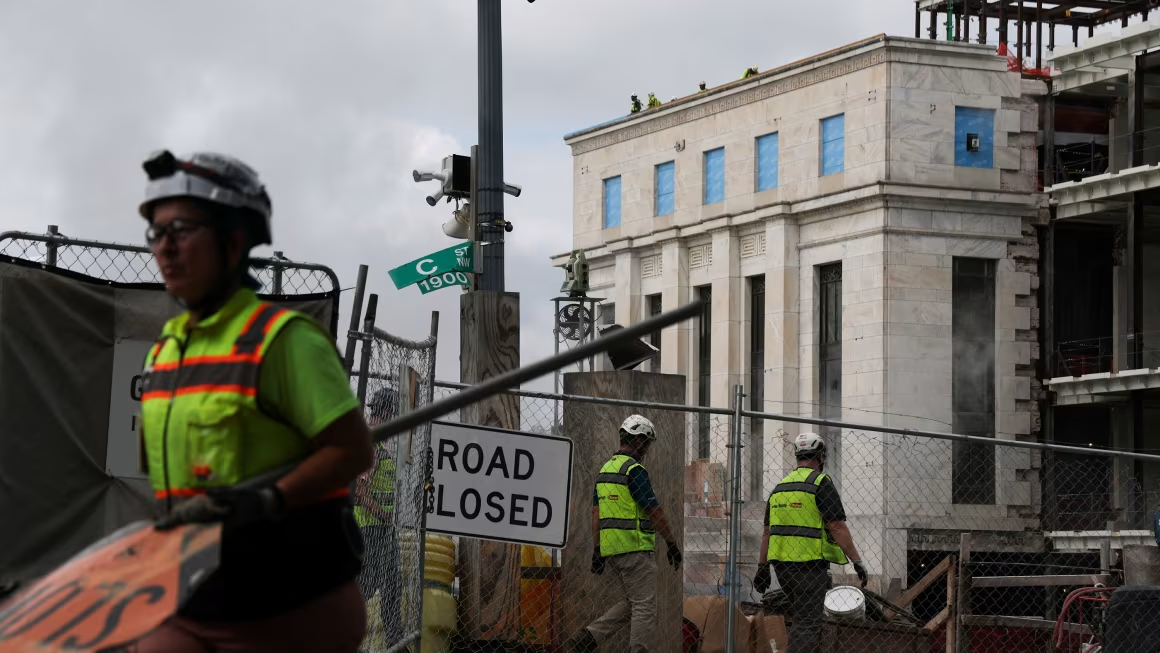 1 phút
1 phút Trump suggests Fed renovations could be fireable offense for Powell
Nguồn: CNN2025-07-19 19:30:46
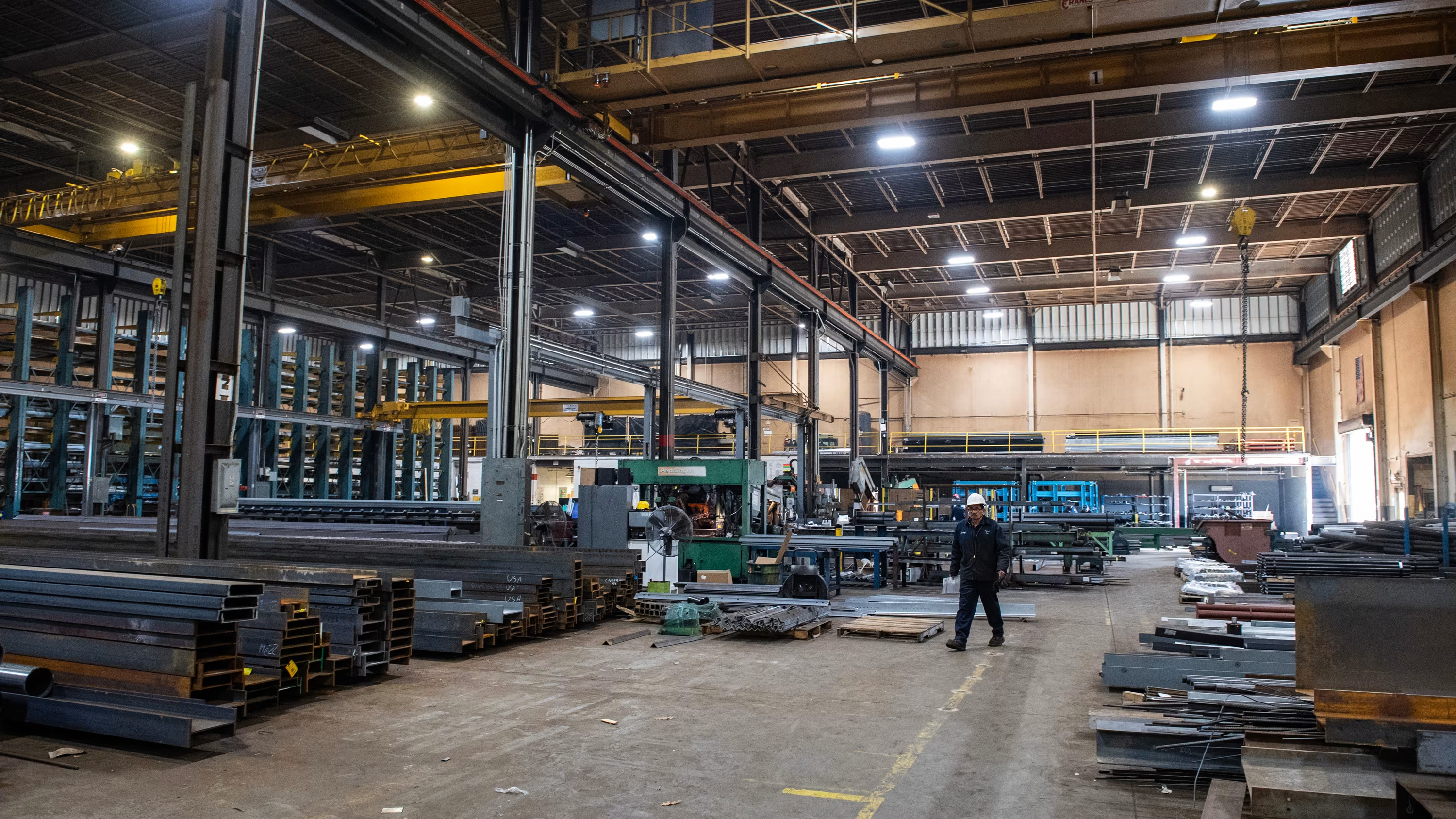 1 phút
1 phút Latest US inflation report shows a pullback in travel spending and an increase in the cost of goods
Nguồn: CNN2025-07-19 19:30:37
 1 phút
1 phút Here's why you might be spending more on health care next year
Nguồn: CNN2025-07-17 07:32:28
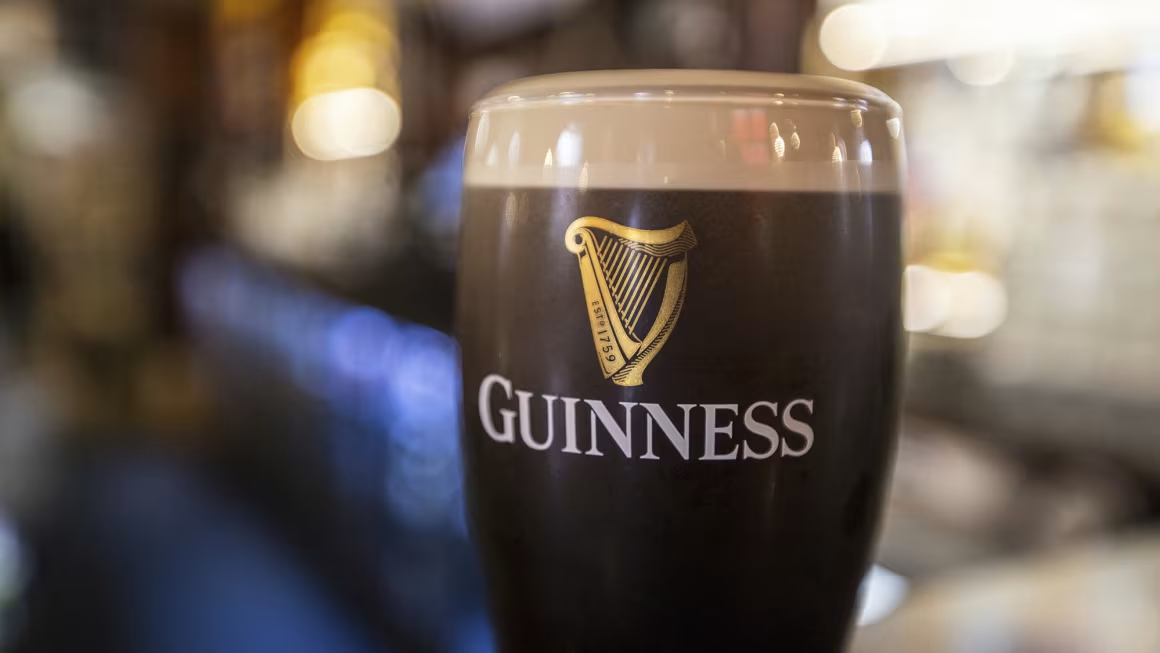 1 phút
1 phút Guinness owner Diageo's CEO is stepping down after two years
Nguồn: CNN2025-07-17 07:32:09
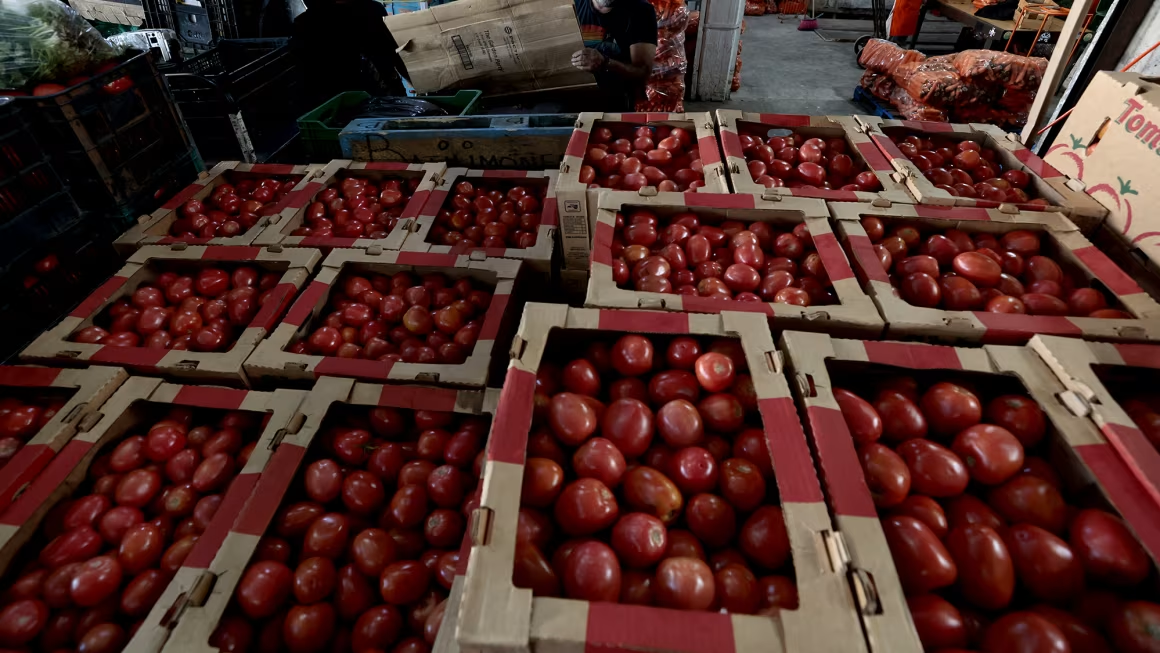 2 phút
2 phút The US just slapped a new tariff on this grocery store staple
Nguồn: CNN2025-07-17 07:31:59
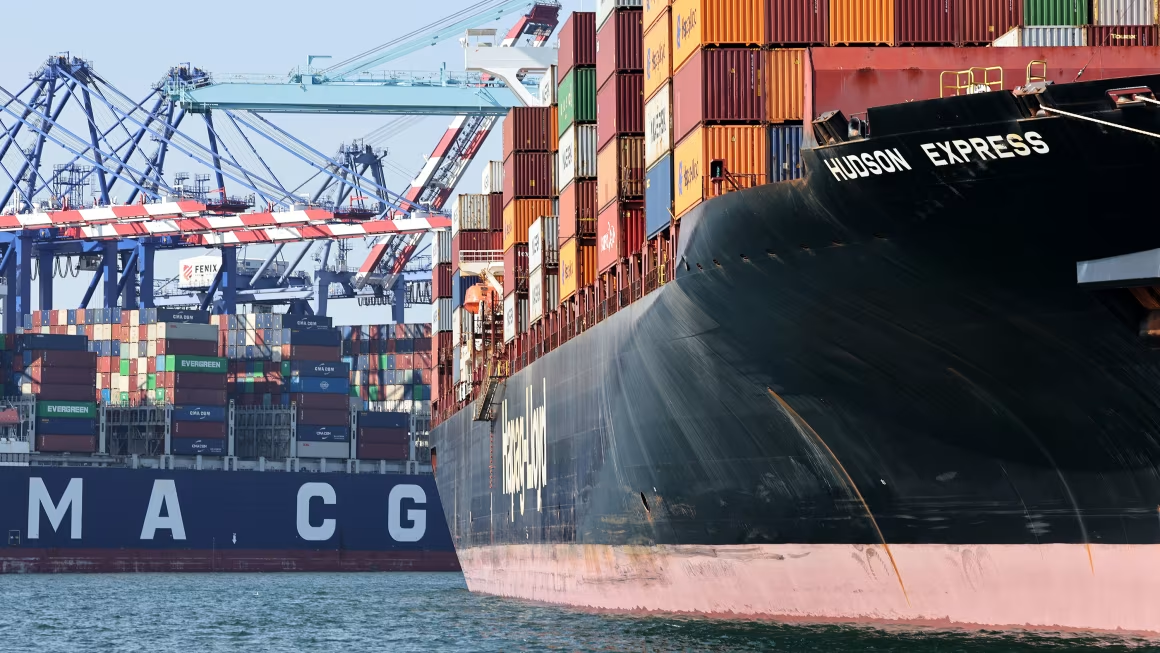 1 phút
1 phút Port of LA just had its best June on record as importers rushed to beat tariff deadlines
Nguồn: CNN2025-07-17 07:30:46
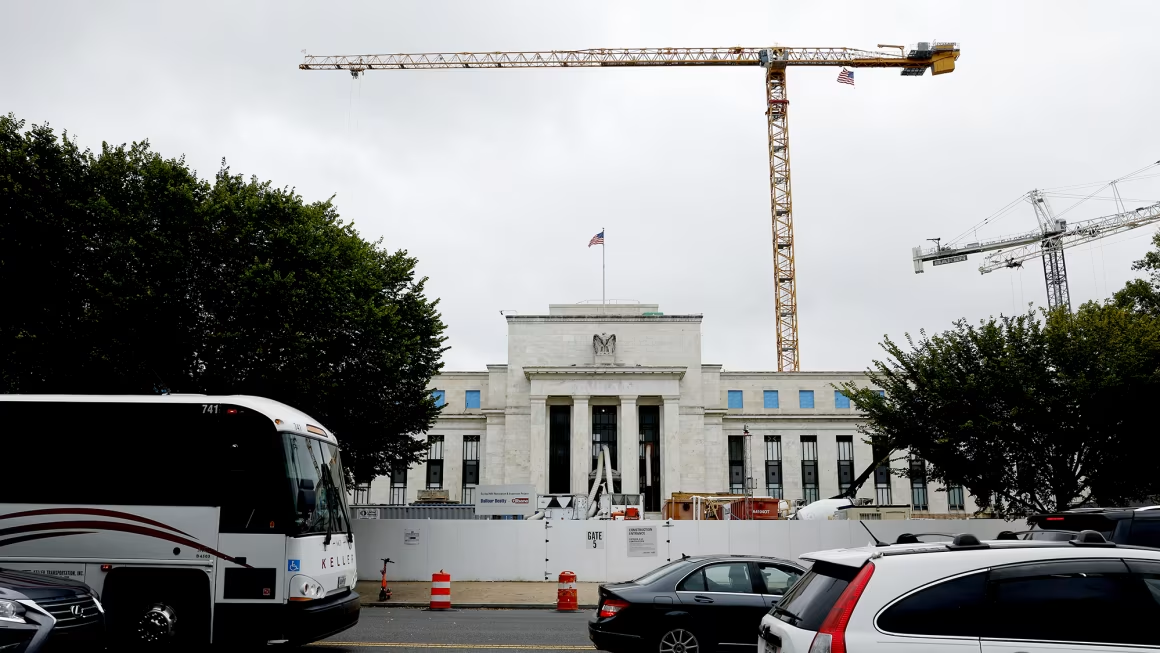 1 phút
1 phút Under fire for cost overruns, Powell asks watchdog to review the Fed's $2.5 billion renovation plan
Nguồn: CNN2025-07-17 07:30:38
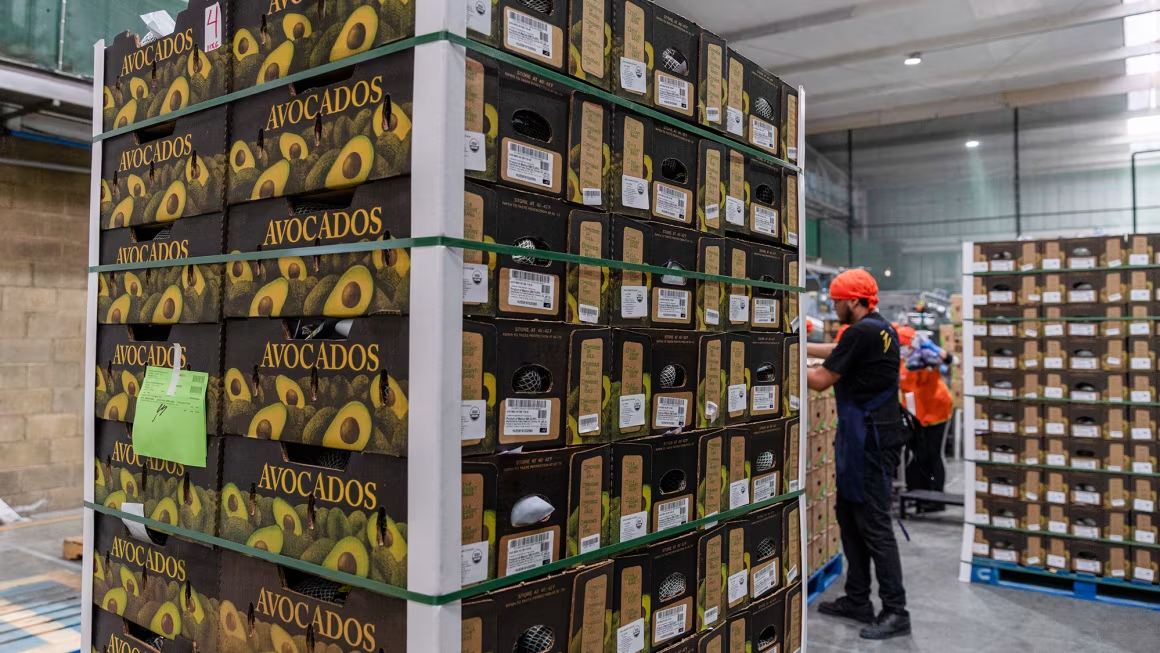 1 phút
1 phút Americans could pay more for these items from Mexico and the EU if Trump makes good on his latest tariff threats
Nguồn: CNN2025-07-15 10:59:19
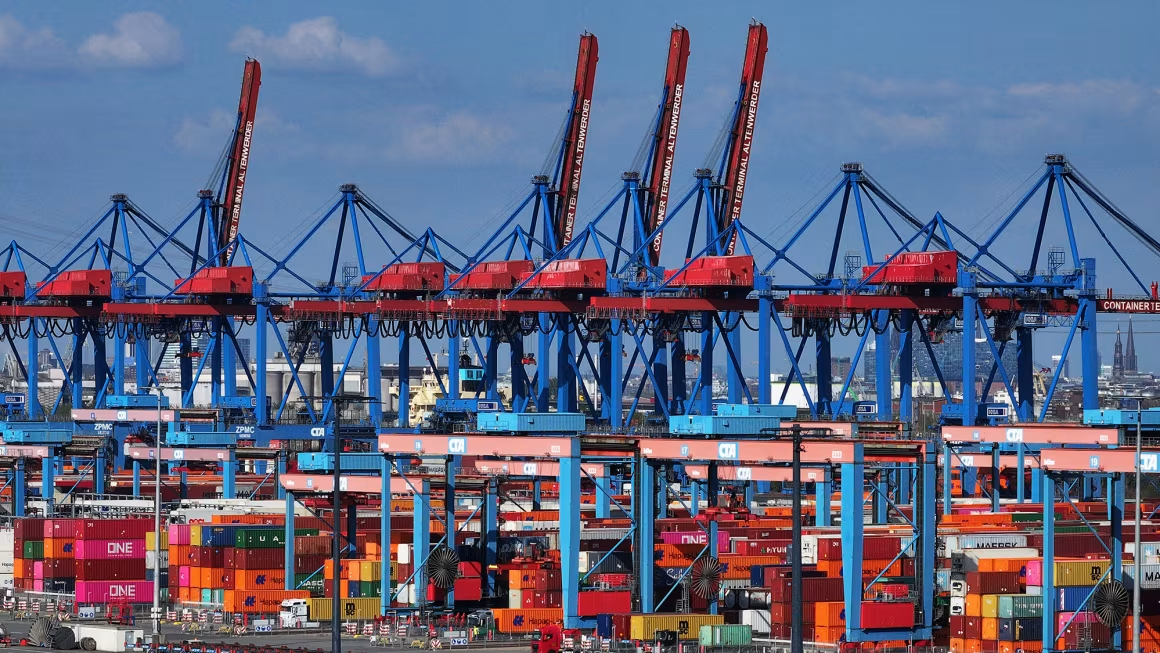 1 phút
1 phút EU warns that its trade with the US could be effectively wiped out if Trump follows through on his threat
Nguồn: CNN2025-07-15 10:59:10
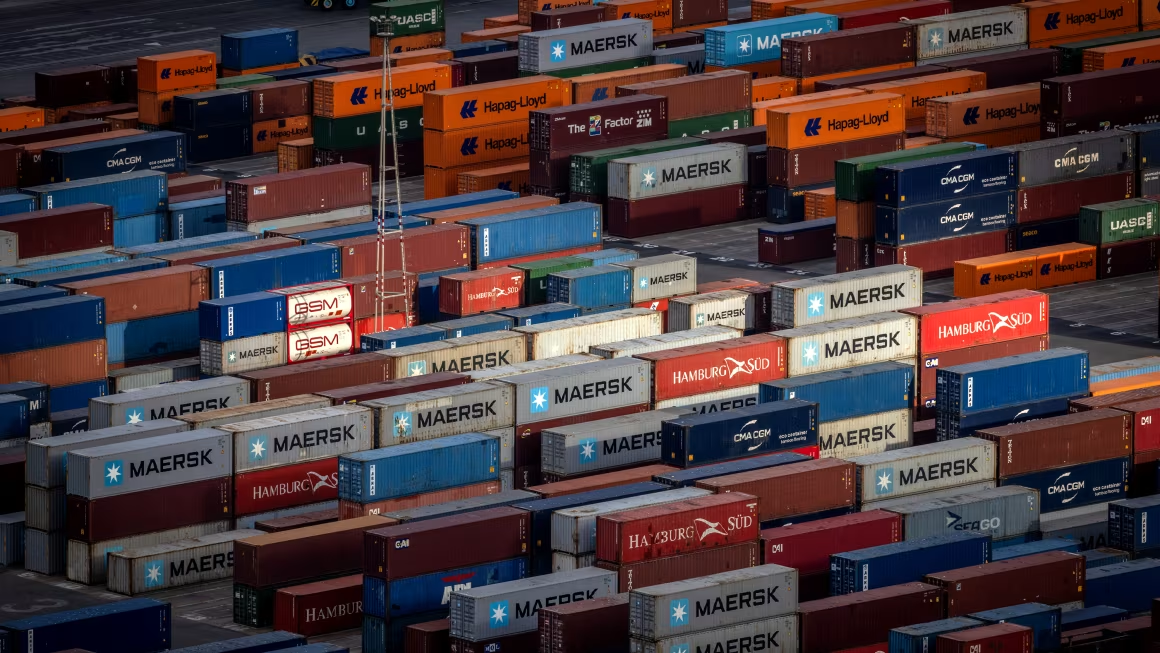 2 phút
2 phút Trump announces tariffs of 30% on Mexico and the European Union
Nguồn: CNN2025-07-14 19:30:47
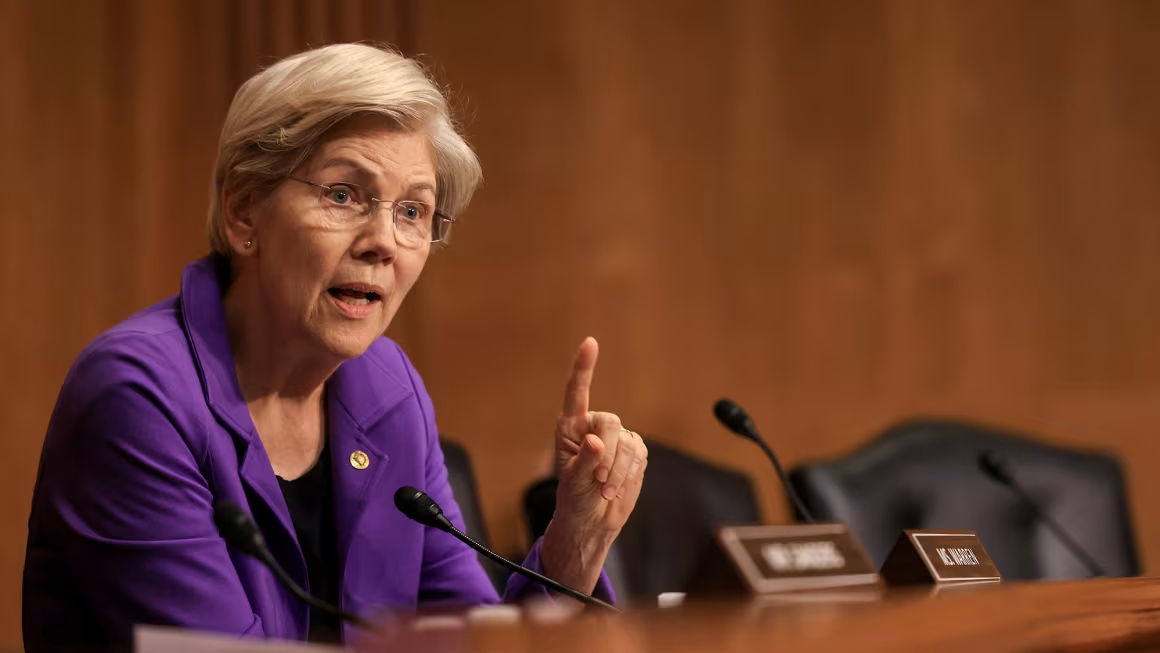 2 phút
2 phút Elizabeth Warren pushes back on plan to get private equity into 401(k)s
Nguồn: CNN2025-07-14 19:30:36
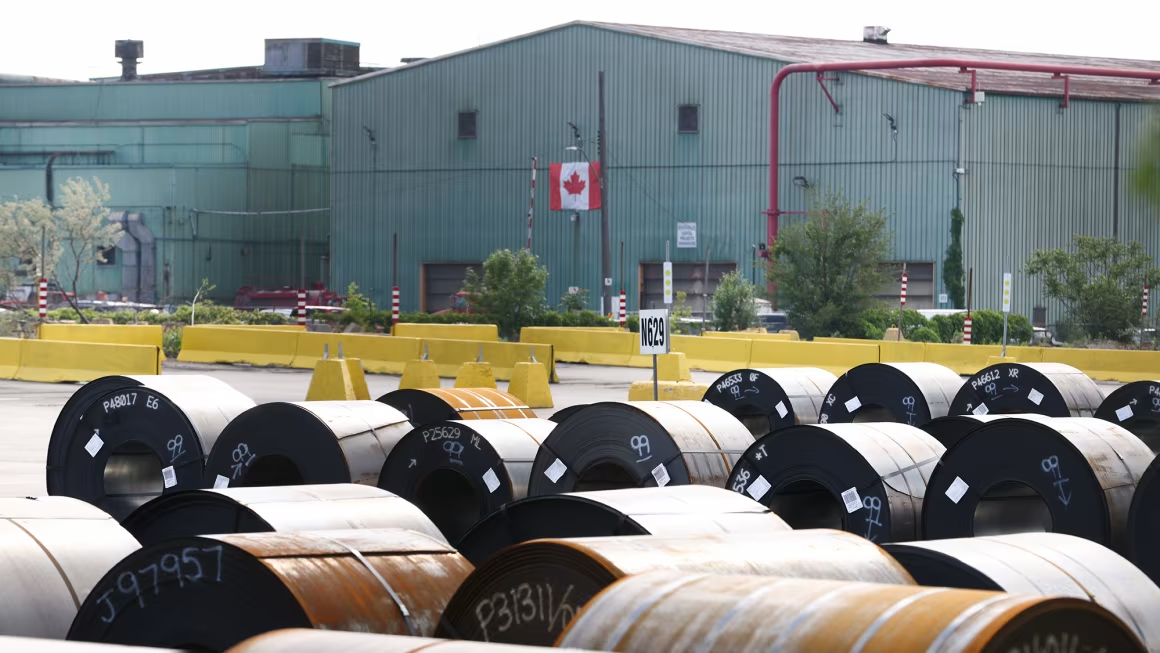 1 phút
1 phút Stocks drop after Trump announces 35% tariff on Canada
Nguồn: CNN2025-07-13 19:30:50
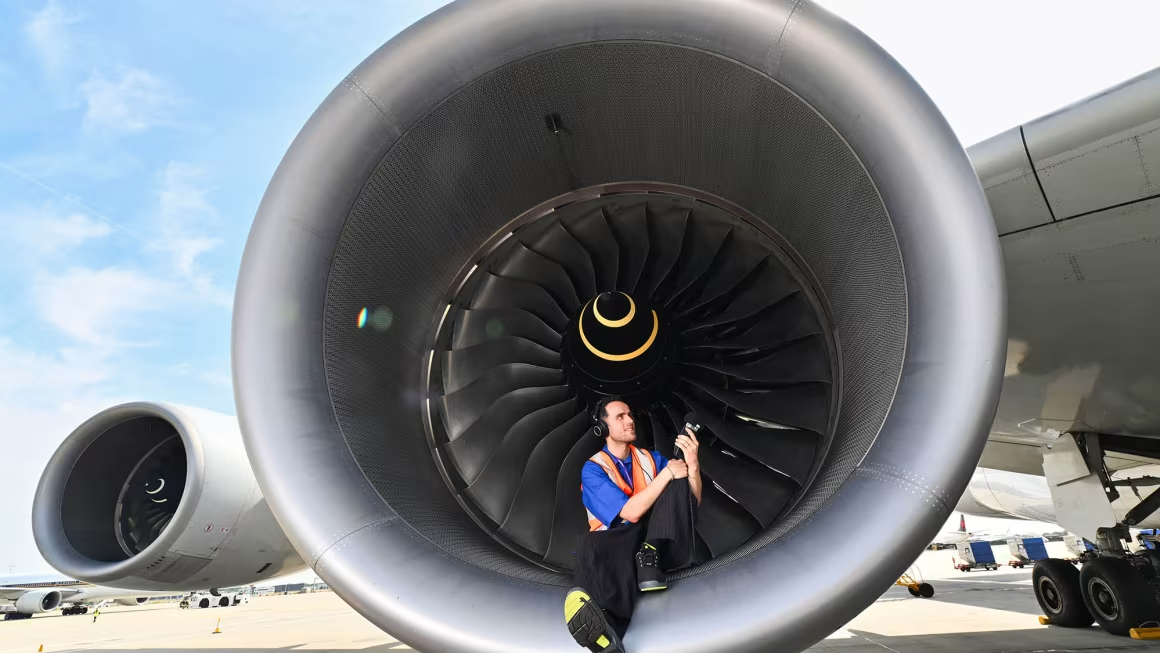 1 phút
1 phút Flying through Heathrow this summer? You might hear this first-of-its-kind track
Nguồn: CNN2025-07-12 19:30:39
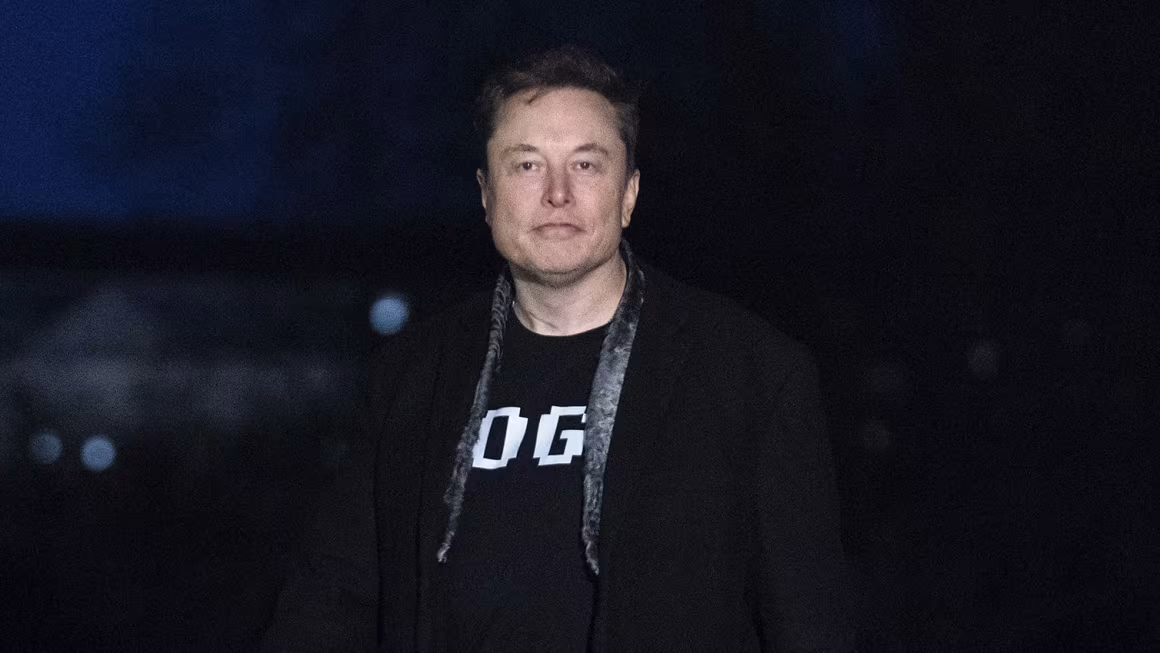 2 phút
2 phút Tesla - finally - announces when it will face its shareholders
Nguồn: CNN2025-07-11 19:32:08
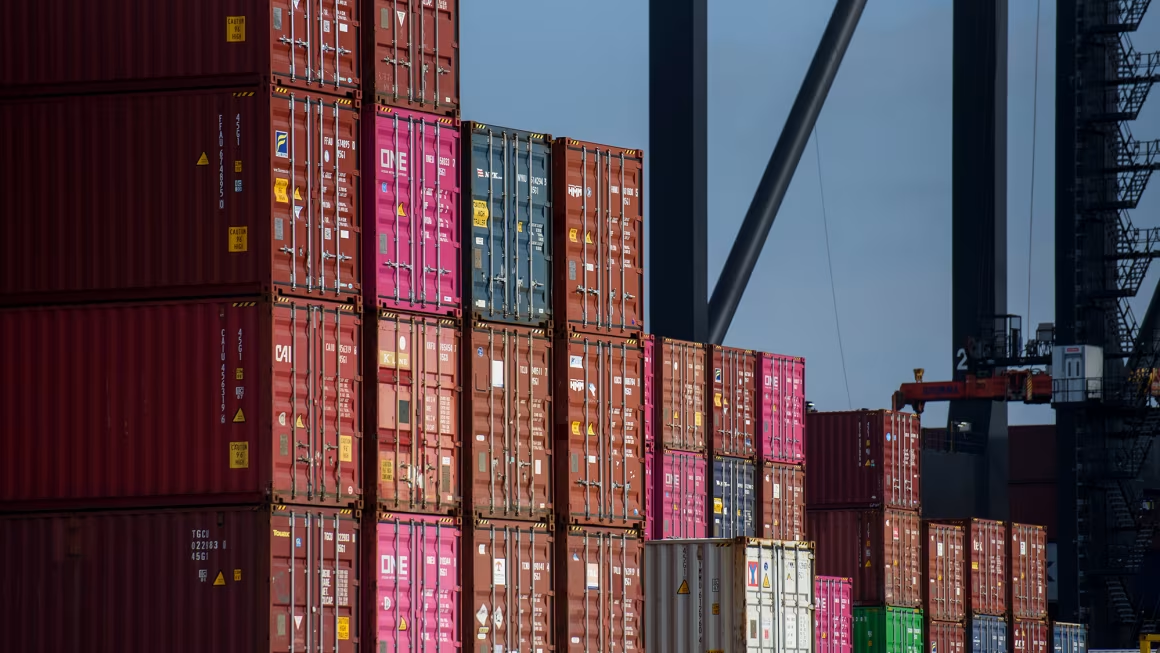 1 phút
1 phút Here's how Trump's tariffs could affect Americans
Nguồn: CNN2025-07-11 19:32:00
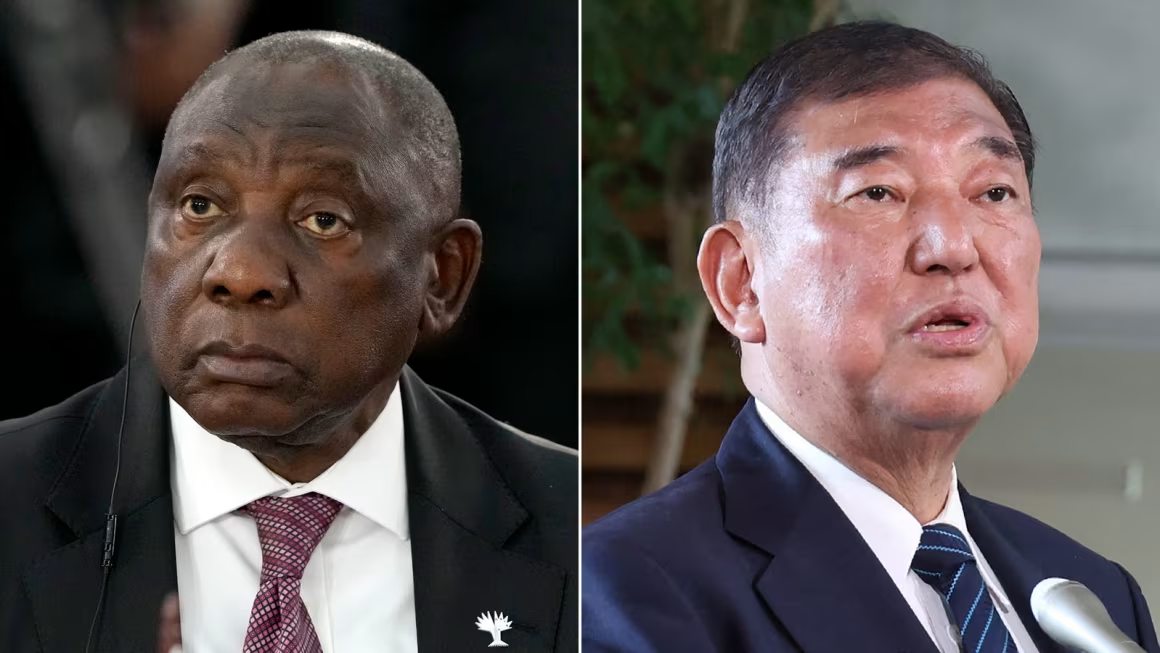 2 phút
2 phút Targets of Trump's new tariffs speak out
Nguồn: CNN2025-07-11 19:30:34
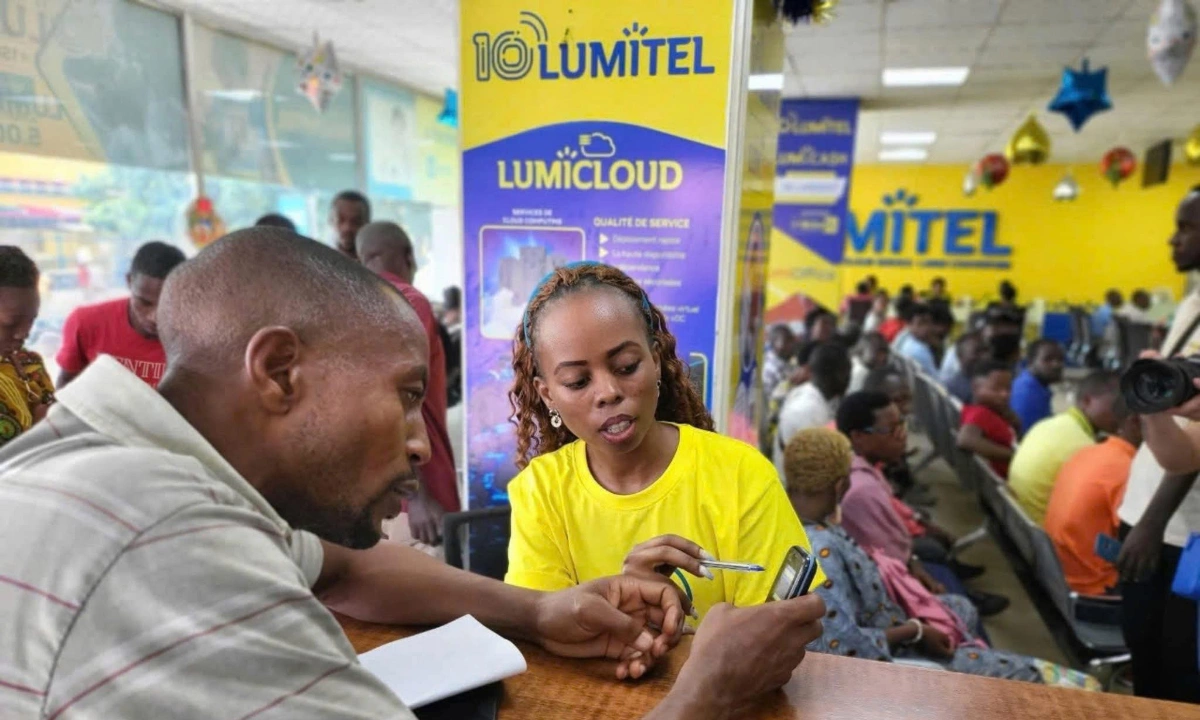 1 phút
1 phút Vietnam's outbound investment jumps 3.5 times in H1
Nguồn: TODAII2025-07-09 19:30:44
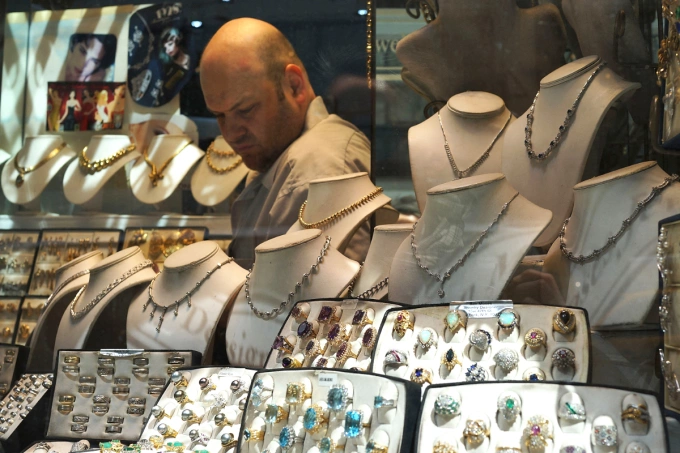 2 phút
2 phút US set to attract 7,500 foreign millionaires in 2025, report says
Nguồn: TODAII2025-07-07 07:30:46
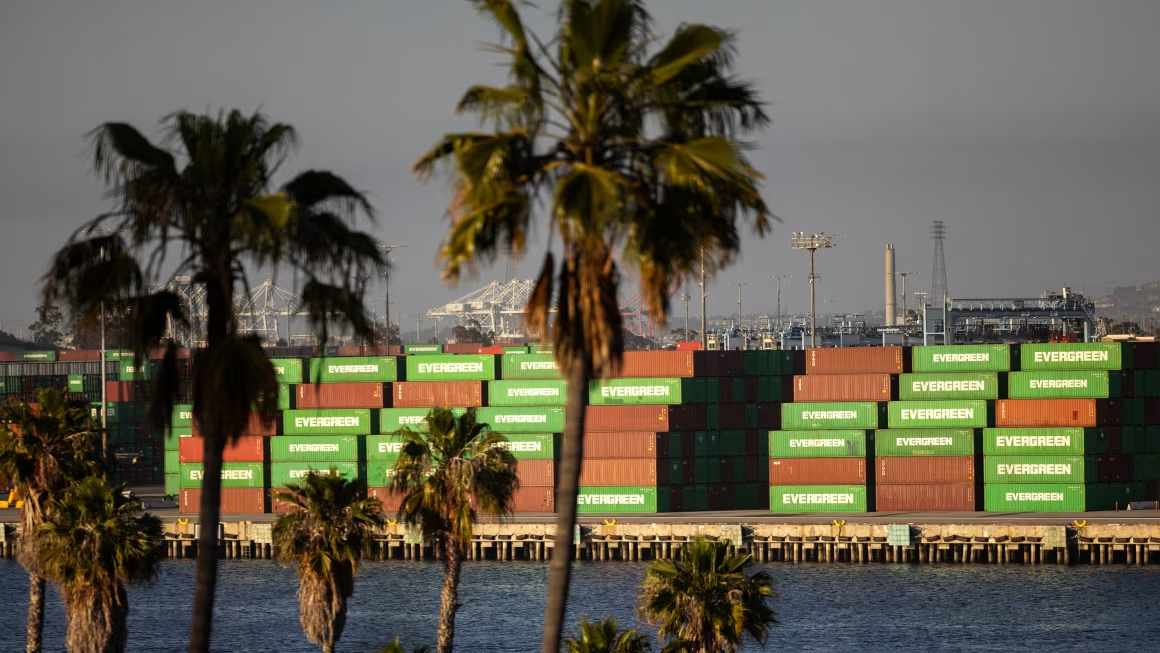 2 phút
2 phút Trump says he is about to raise tariffs as high as 70% on some countries
Nguồn: CNN2025-07-06 19:30:34
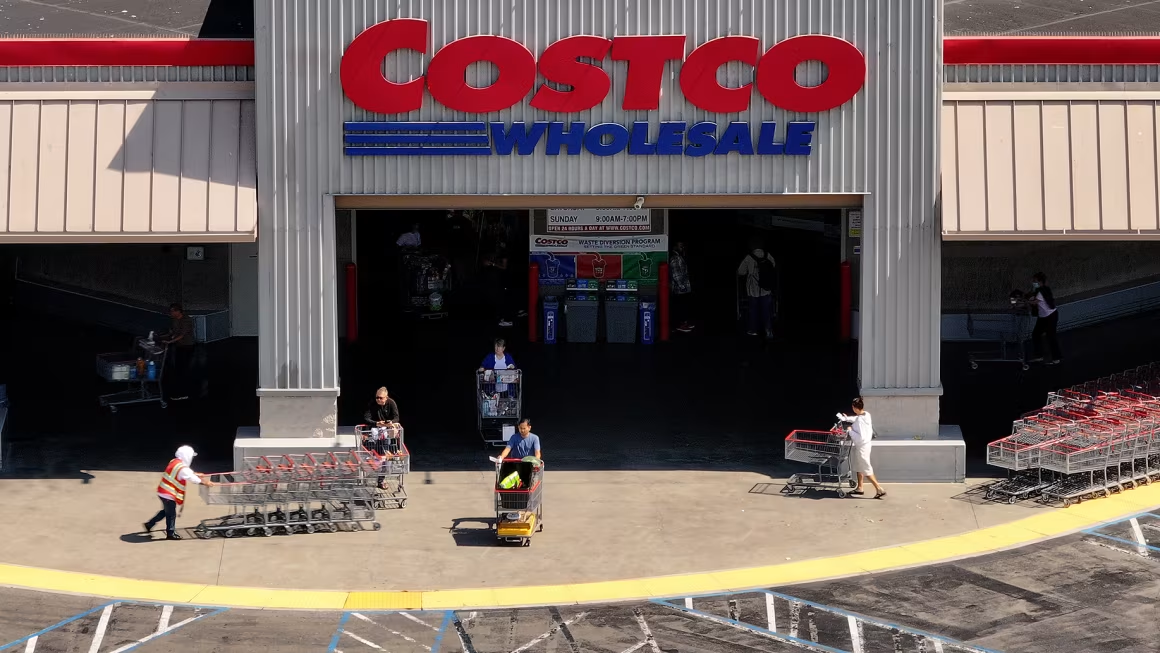 1 phút
1 phút Costco is now opening earlier for certain members
Nguồn: CNN2025-07-06 07:30:43
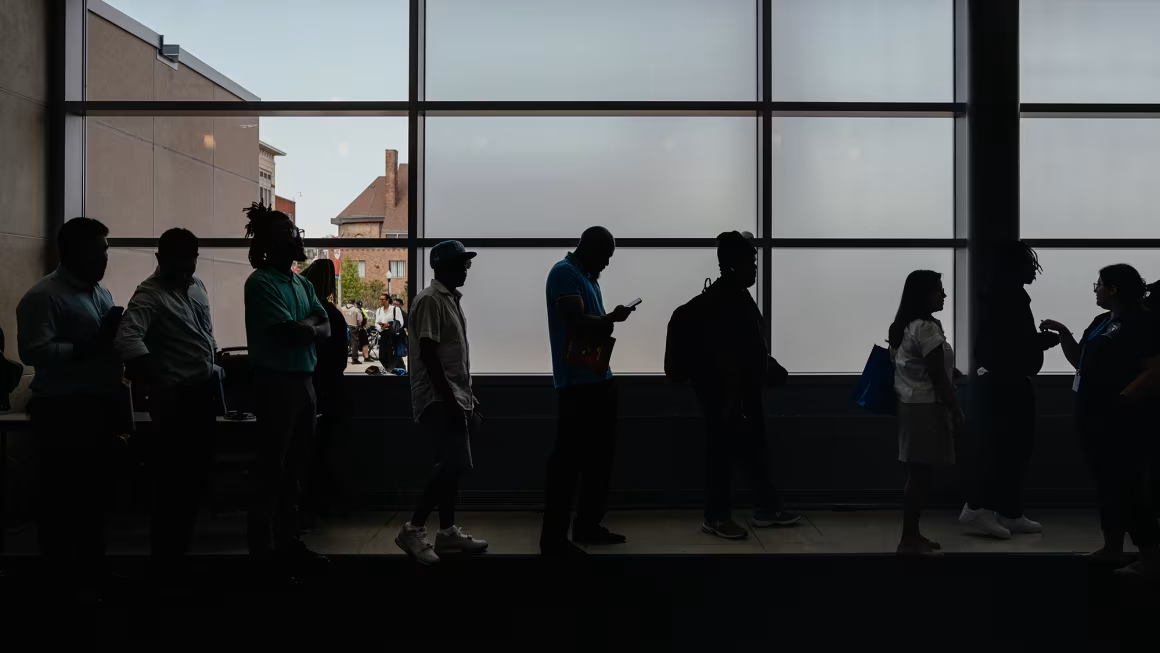 1 phút
1 phút The US economy added a stronger-than-expected 147,000 jobs in June and the unemployment rate fell to 4.1%
Nguồn: CNN2025-07-06 07:30:33
 2 phút
2 phút For Coney Island, summer business kicks off with the Nathan's Famous Hot Dog Eating Contest
Nguồn: CNN2025-07-05 07:30:47
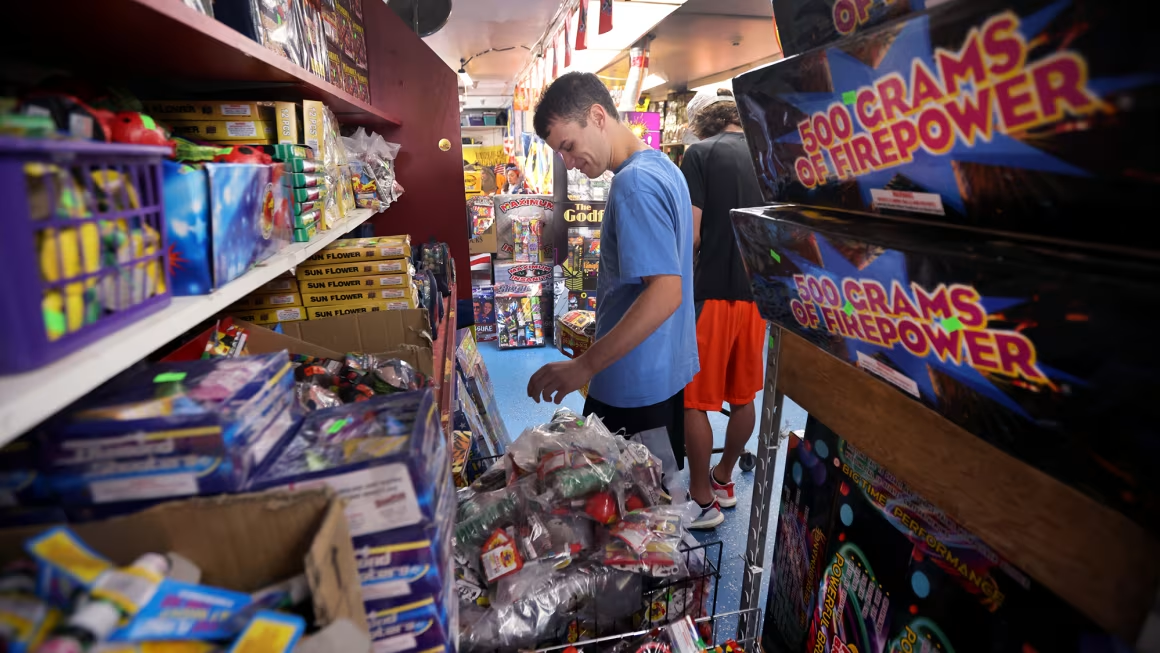 2 phút
2 phút Fireworks, hot dogs and gas: What costs more – or less – this Fourth of July weekend
Nguồn: CNN2025-07-04 07:30:39
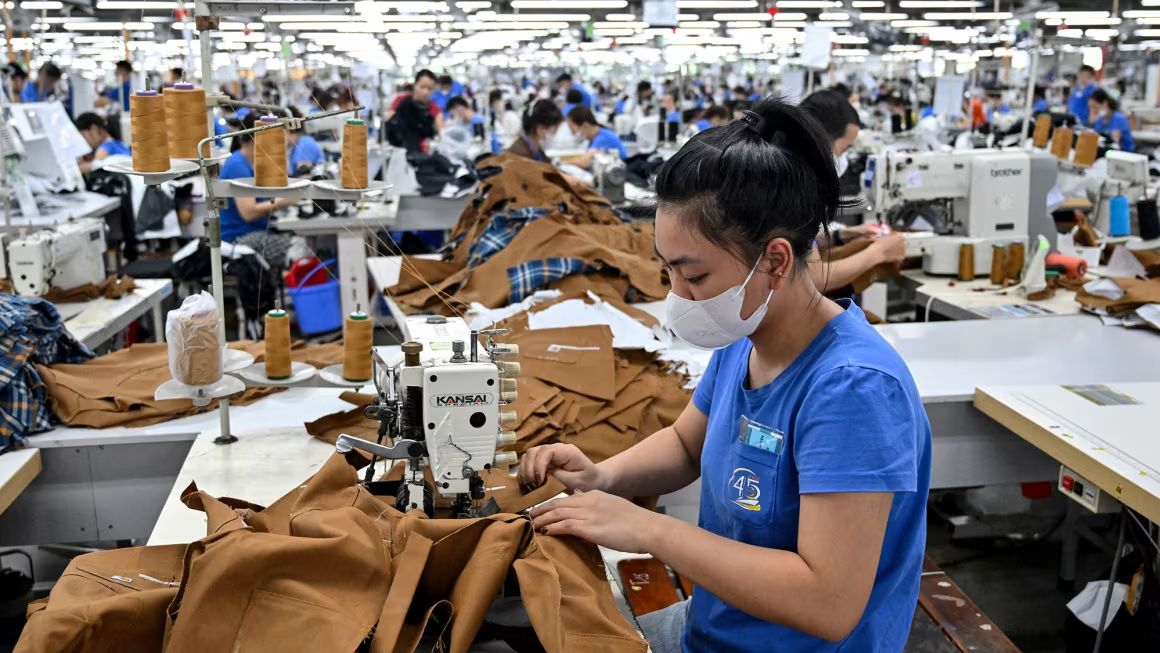 1 phút
1 phút Trump got another trade deal. This one could cost you
Nguồn: CNN2025-07-04 07:30:31
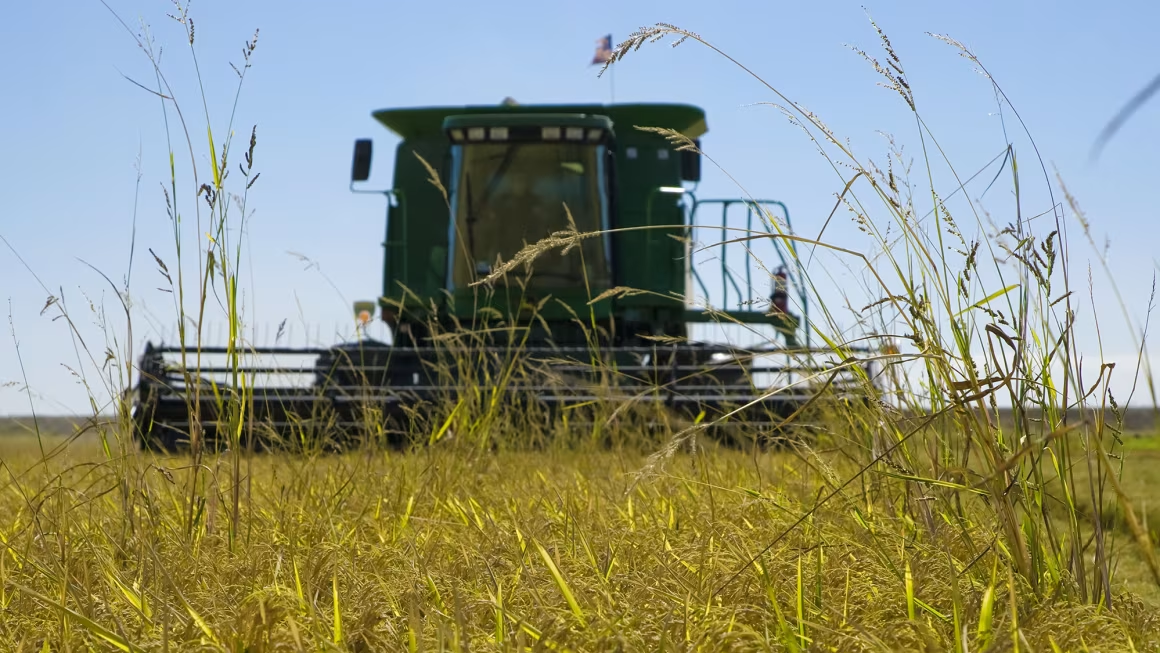 1 phút
1 phút Trump threatens Japan with new tariffs, claiming it won't buy America's rice
Nguồn: CNN2025-07-03 07:30:36
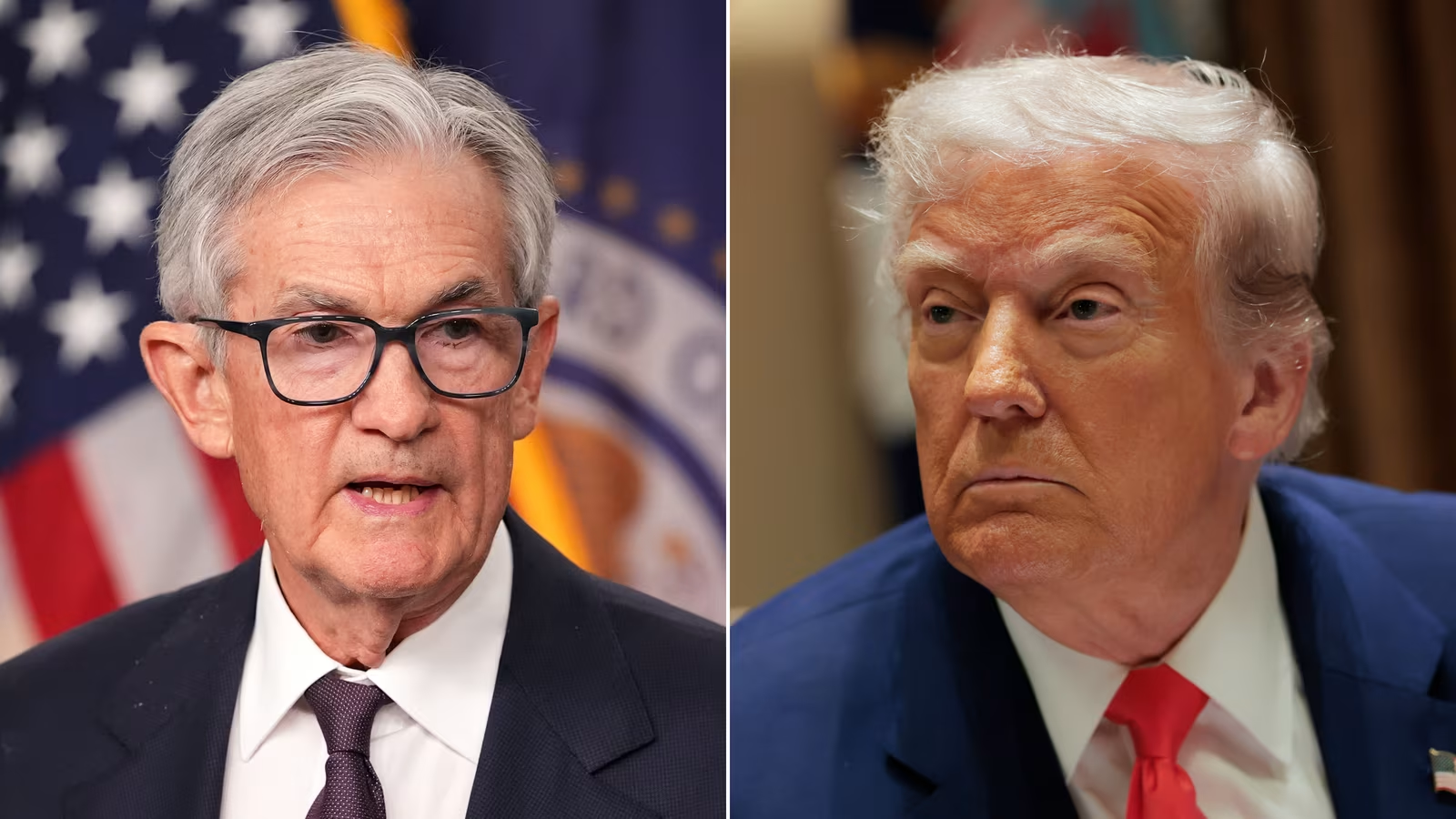 1 phút
1 phút Trump sends handwritten letter to Powell demanding ultra-low interest rates
Nguồn: CNN2025-07-01 19:30:46
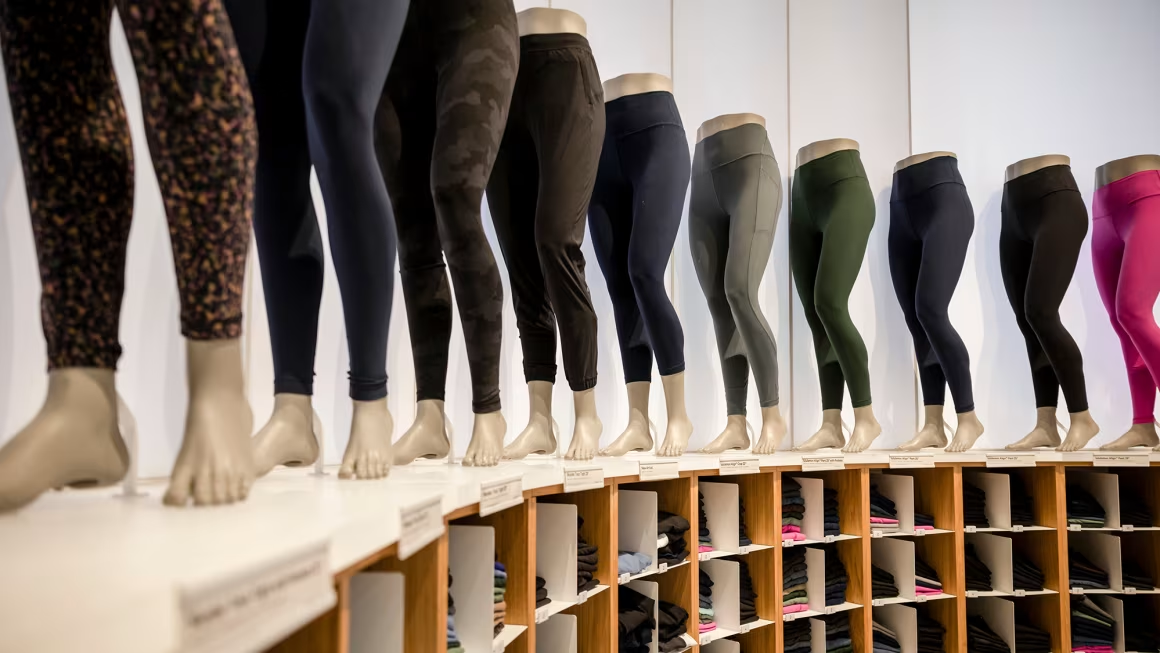 1 phút
1 phút Lululemon accuses Costco of selling ‘unauthorized' versions of its $128 pants
Nguồn: CNN2025-07-01 19:30:38
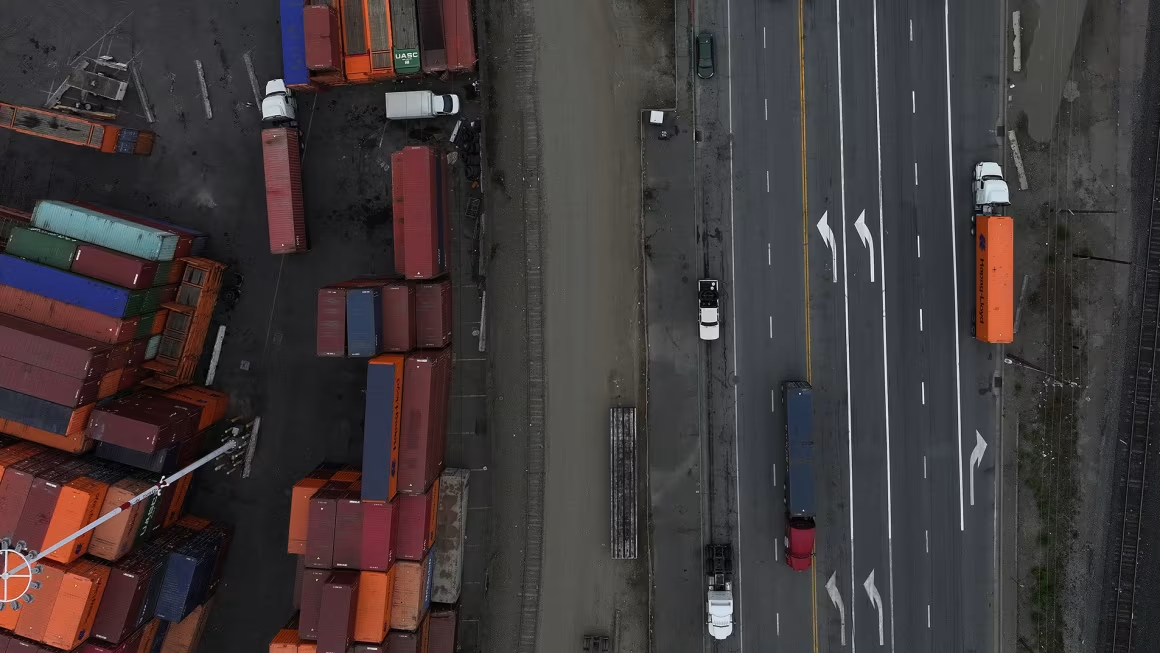 1 phút
1 phút Trump's trade deals are stalling out at the worst possible time
Nguồn: CNN2025-07-01 07:30:33
 1 phút
1 phút Venice expects to rake in over $1.1 billion from Bezos-Sanchez wedding
Nguồn: CNN2025-06-29 07:30:45
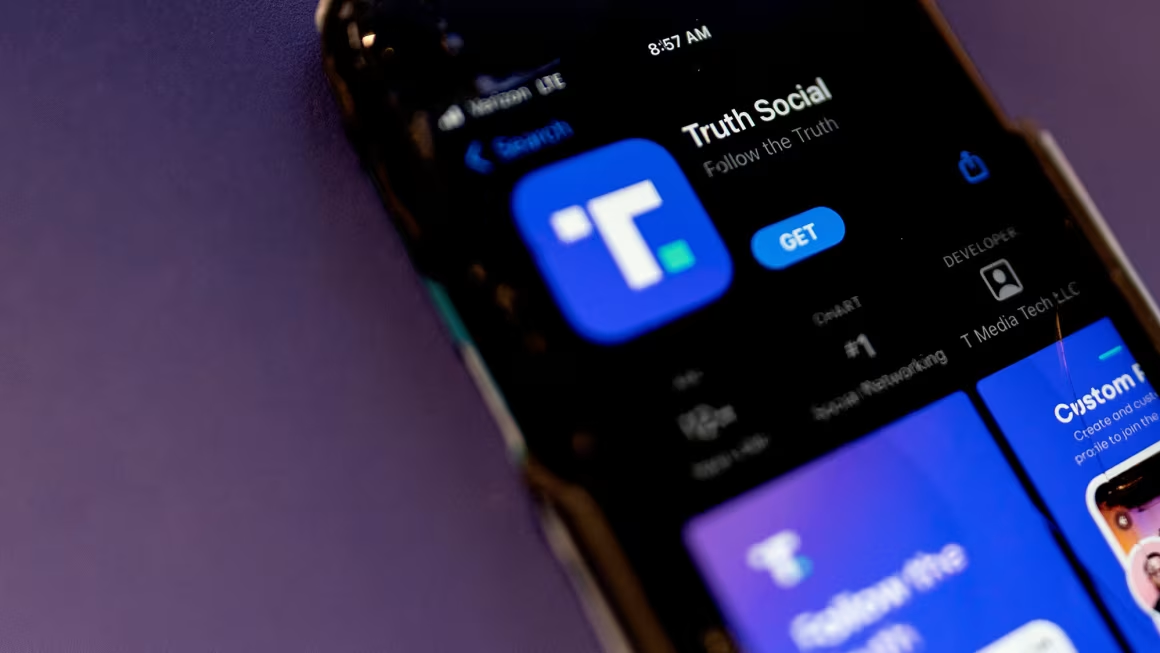 1 phút
1 phút Trump Media's stock has plunged by nearly half since the election. Now it's taking action
Nguồn: CNN2025-06-29 07:30:35
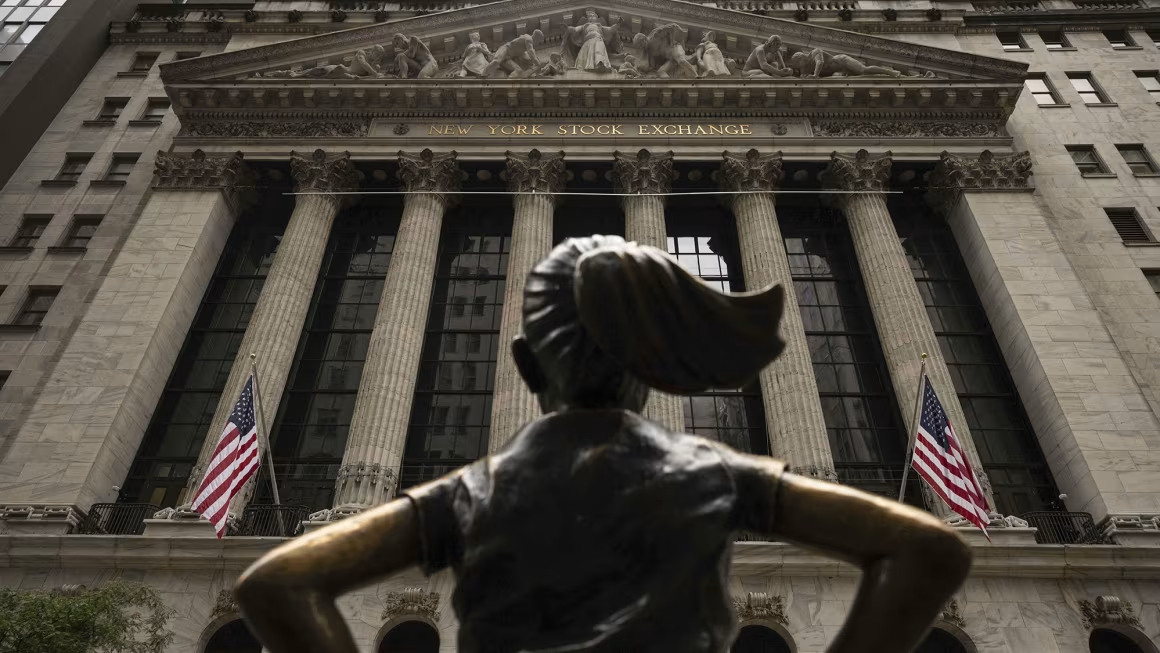 1 phút
1 phút Stunning turnaround: The stock market is on the verge of an all-time record
Nguồn: CNN2025-06-27 19:30:45
Đọc báo theo chủ đề
Học tiếng Anh với Video










